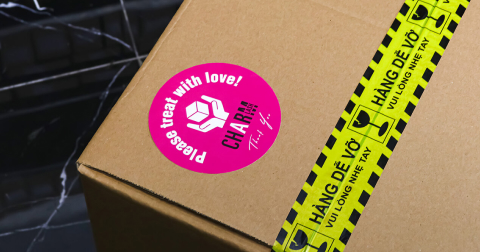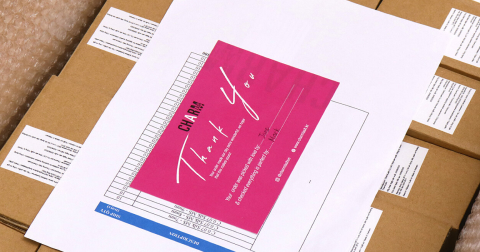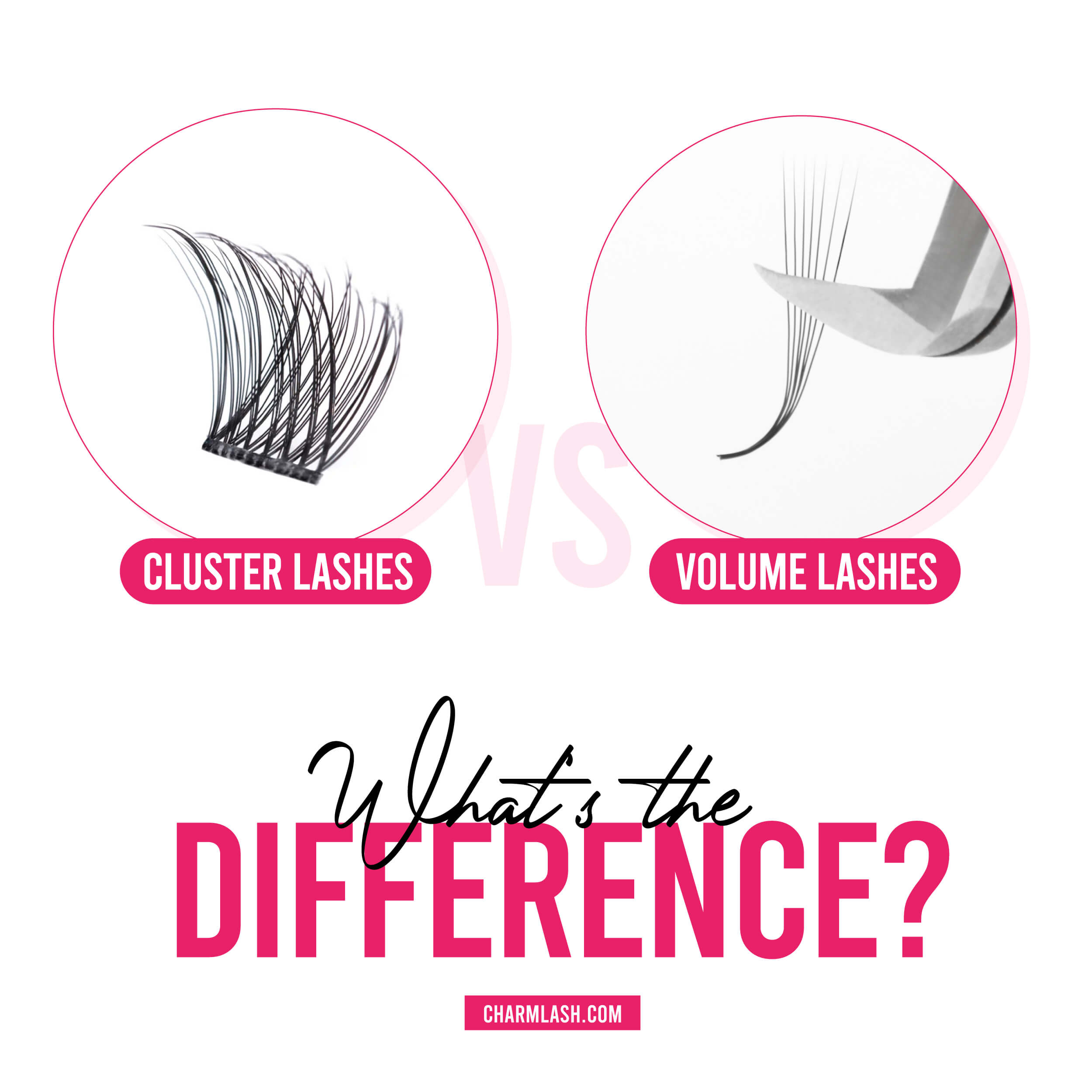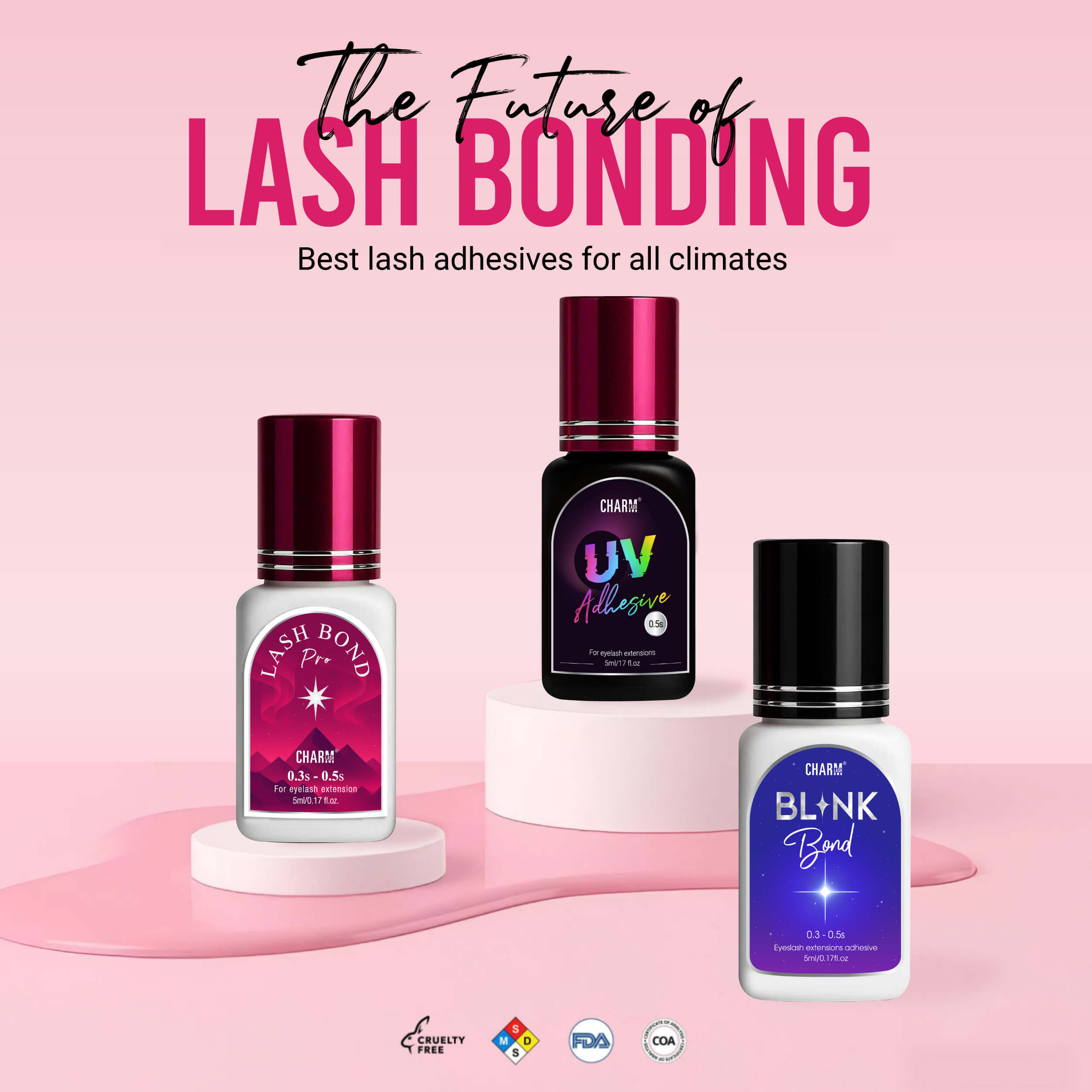Eyelash retention problems are among the most common complaints in the lash industry – and they’re often misunderstood. If your clients are losing lashes too soon or returning for fills more frequently than expected, it might not be the technique alone. From lash adhesive issues to client aftercare, several factors can impact lash longevity. In this post, we’ll cover the top eyelash retention issues that lash artists face, and how to solve them with confidence. Let’s dive right in!
1. Poor Lash Adhesive Bonding
The Problem: Lash extensions aren’t sticking/bonding well or begin to fall off within a few days.
How to fix it:
- You can start by using high quality lash adhesives that dry fast and still ensure long eyelash retention and safety for those with sensitive eyes and skin.
- Match the lash adhesive’s dry time to the lashing speed.
- Choose a lash adhesive that suits your humidity and temperature.
- Shake the lash adhesive thoroughly before each use to evenly mix the components.
- Otherwise, you can use lash glue accelerators or lash super bonders to either speed up the drying time and curing time of adhesive or maximize the longevity of lash extensions by sealing the adhesive.
Besides lash glue accelerators and lash super bonder, at CharmLash, we have a wide range of high quality lash adhesives that ensure long and secure lash bonding tailored to different environments, humidity and lashing speed while still make sure safety for the eyes and skin.
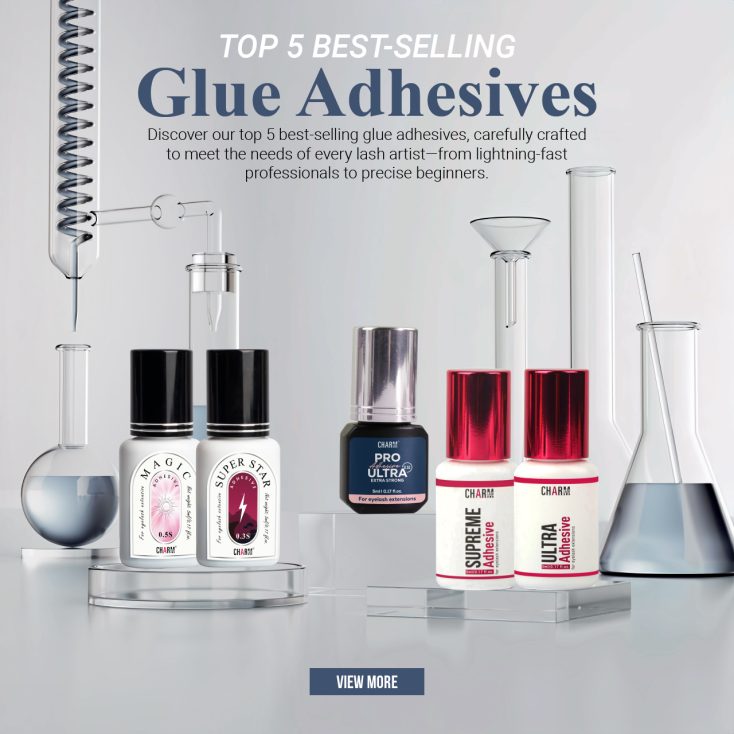
2. Improper Lash Preparation
The Problem: Lash extensions slide off or detach prematurely.
How to fix it:
- Always cleanse natural lashes with a lash-safe cleanser/shampoo to remove oils, makeup, and residue before attaching lash extensions
- Use a lash primer to remove sebum or oil from natural lashes
- Avoid using micellar water or oil-based products before application – they leave behind residue that can interfere with lash bonding.
As this is a common eyelash retention issues, CharmLash has a wide range of lash shampoos and primers available that are of high quality and safe to use to the lash preparation process becomes easier and smoother.

3. Incompatible Environmental Conditions
The Problem: Lash adhesive behaves unpredictably – curing too fast or too slow, which leads to poor eyelash retention.
How to fix it:
- First, you can monitor your room temperature and humidity. Most lash adhesives perform best at 40 – 60% humidity and 20 – 24°C (68 – 75°F).
- Use a hygrometer to measure your lash room conditions.
- If it still doesn’t work, you can change to another type of lash adhesive that is of high quality, professional-grade, or use a humidity-adjusting product like a nano mister if needed.
4. Incorrect Lash Placement
The Problem: Lash extensions are lifting or popping off.
How to fix it:
- Ensure the lash extensions are placed 0.5 – 1mm from the lash line and are fully bonded to the natural lashes (not just the tip).
- Avoid attaching lash extensions to baby lashes or lashes in the shedding phase.
5. Lash Extensions Touching Skin or Stickies
The Problem: Clients report discomfort or lashes fall off in clusters.
How to fix it:
- Lash extensions should never touch the eyelid or skin.
- Isolate lashes properly to prevent stickies (lashes glued together).
- Use high-quality tweezers and give yourself time to lash with precision.
To prevent stickies, we’d recommend using laser lash extensions as our laser technology ensures clean, even glue distribution. Using advanced technology these laser processed lashes will increase retention by 30% and prevent excess adhesive sticking to neighboring lashes. For more information about our laser lashes, you can see our laser lashes story here.

6. Clients Using Oil-Based Products
The Problem: Clients lose lashes prematurely between fills.
How to fix it:
- You can educate clients on aftercare: no oil-based makeup removers, cleansers, or mascaras.
- Recommend lash-safe cleansers and shampoos that are oil-free, sulfate-free, paraben-free and have a comfortable pH level for human eyes, reducing the chance of irritation.
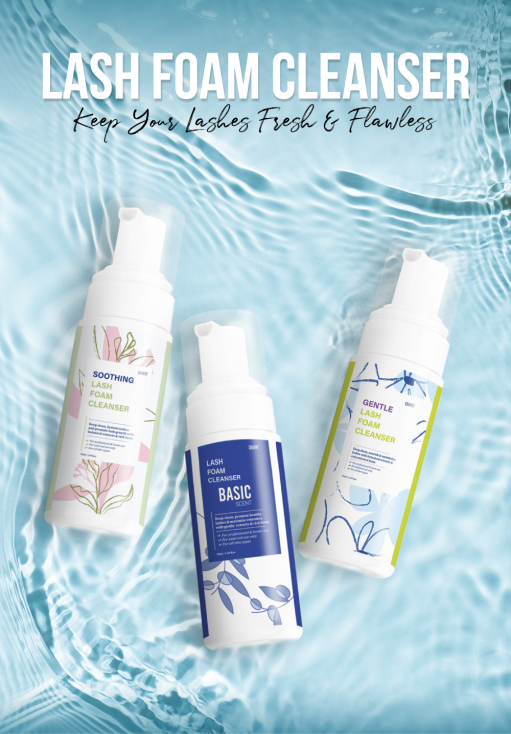
7. Lash Shedding Cycle
The Problem: Clients think lashes are “falling out too soon”
How to fix it:
- You can explain the natural lash growth cycle to your clients as most people lose 2–5 natural lashes per day.
- Encourage them to have regular fills every 2–3 weeks to maintain fullness.
8. Poor-Quality Products
The Problem: No matter what you do, eyelash retention is inconsistent due to the quality of the lash products as well as factors such as environment conditions and humidity.
How to fix it:
- Use trusted, professional-grade lash products. Low-quality lashes or glue doesnt only cause poor eyelash retention but also ruin even the best technique.
At Charmlash, we produce premium-quality lash adhesives that are reliable, not tested on animals, safe to use and varied with different drying time so lash professionals of all level and use them in their own speed and techniques!
Final Thoughts
Eyelash retention doesn’t just depend on one factor—it’s a combination of product quality, application technique, client aftercare, and environmental control. As a lash artist or salon owner, staying informed on how to fix common eyelash retention issues will reduce complaints, boost client satisfaction, and grow your business sustainably.
Need better retention?
Explore Charmlash’s top-rated lash adhesives, and wholesale options or reach out to us to upgrade your lash business today!








